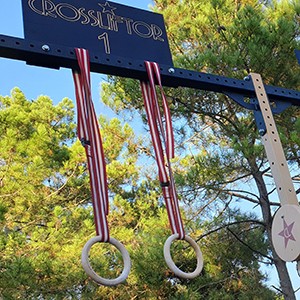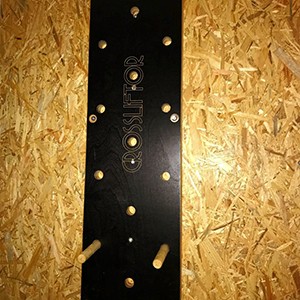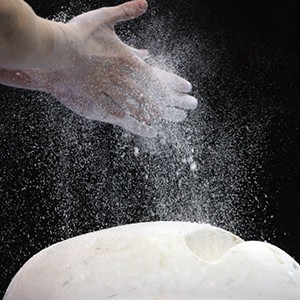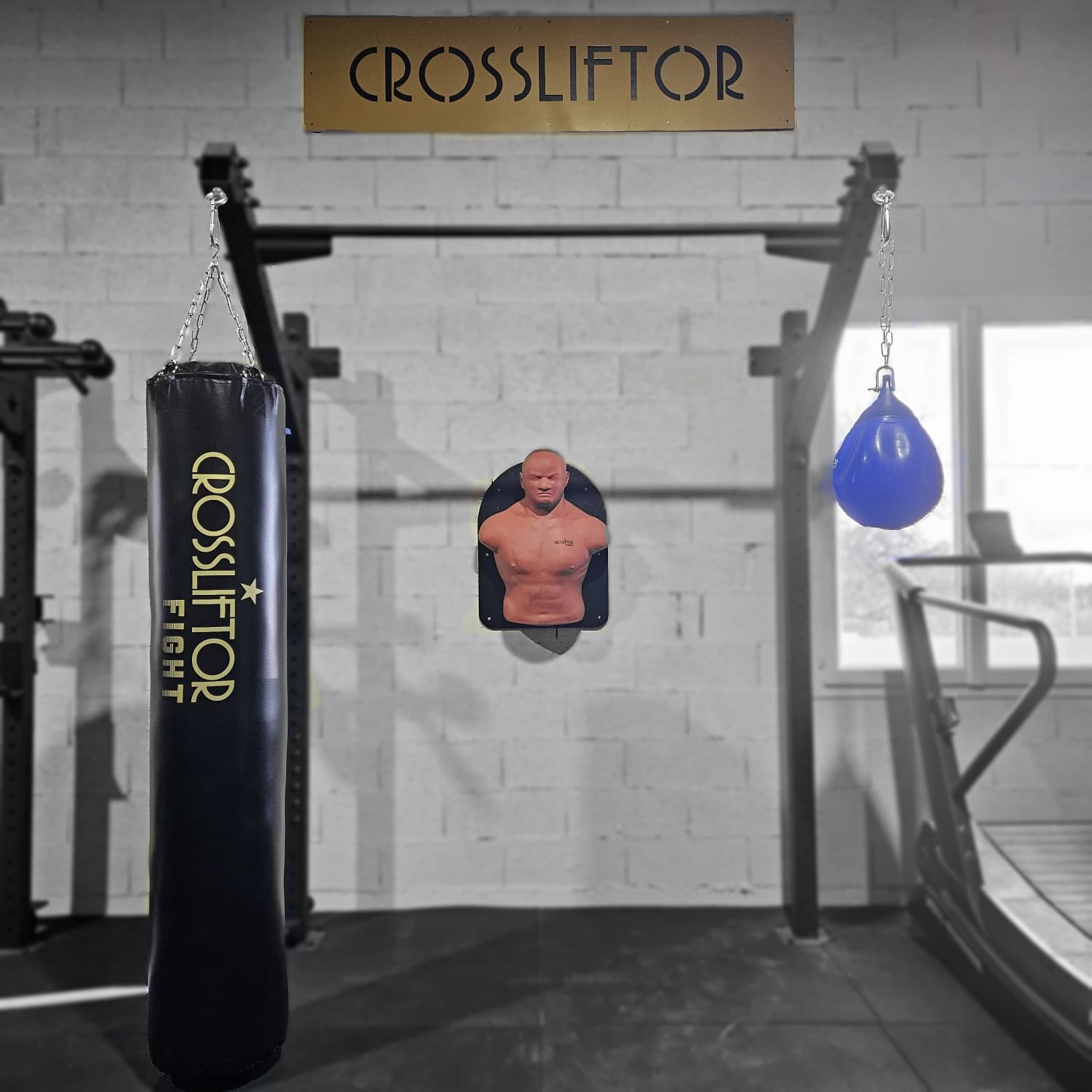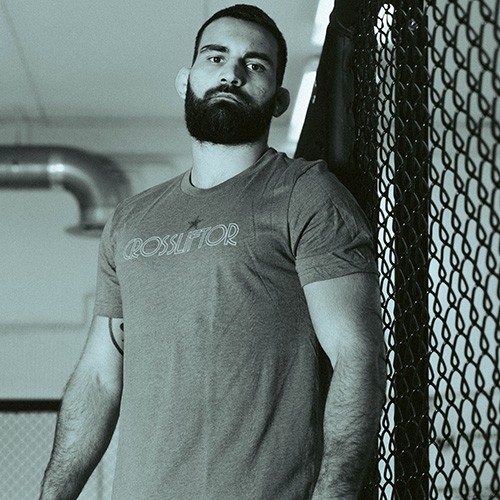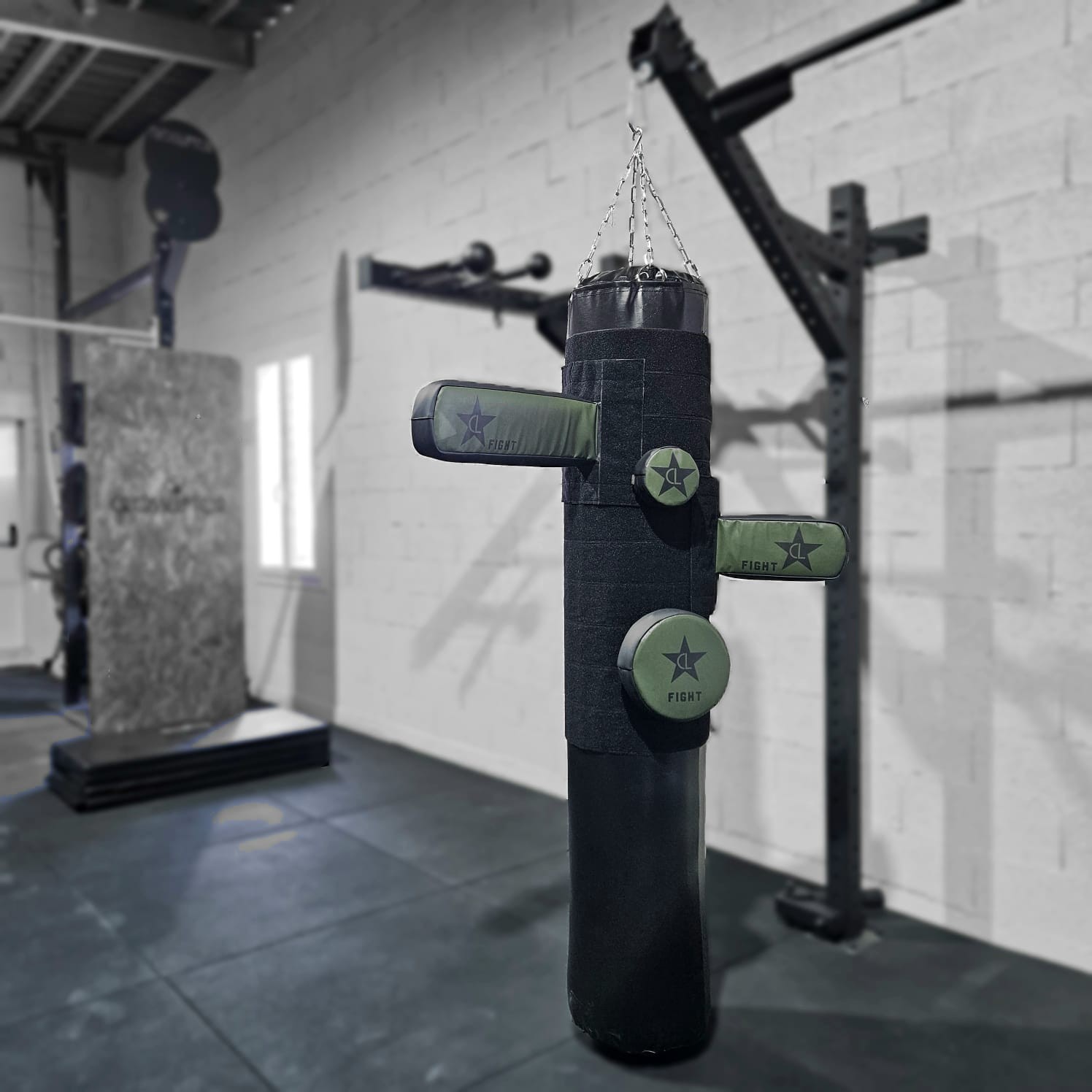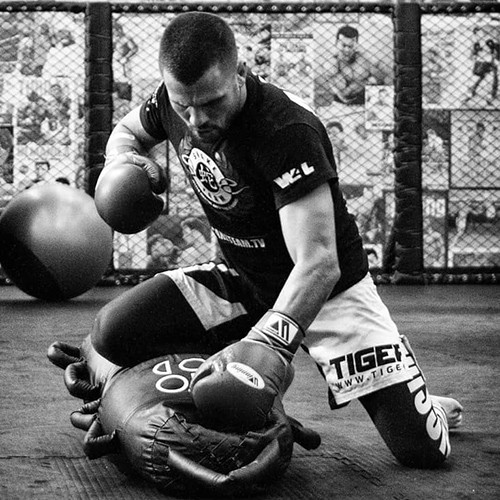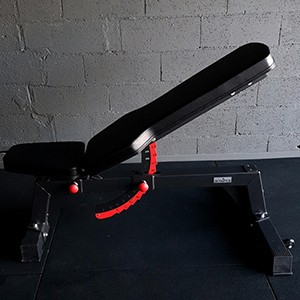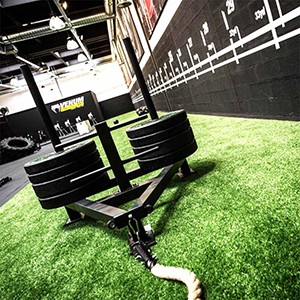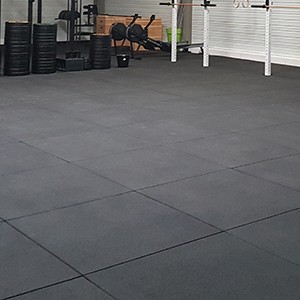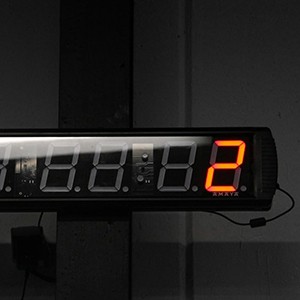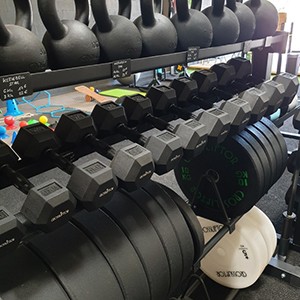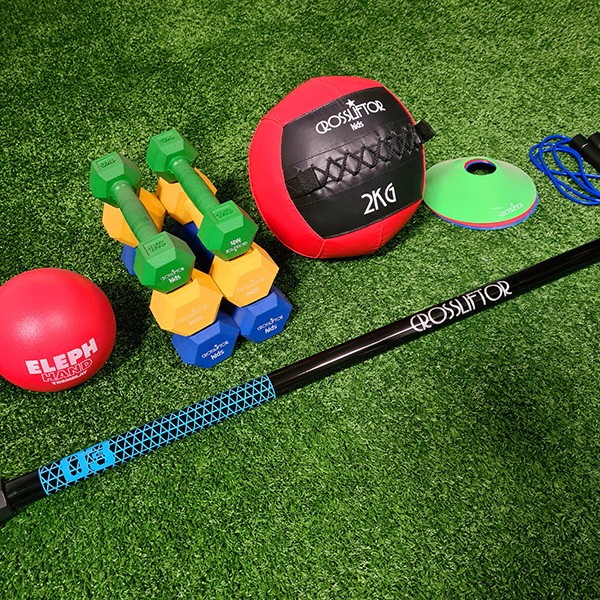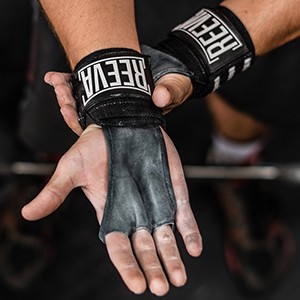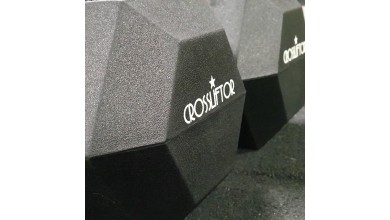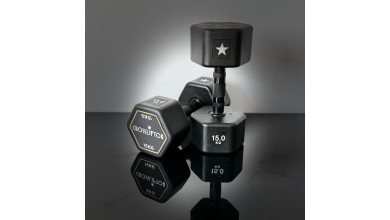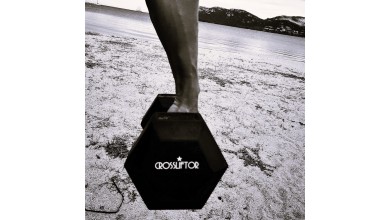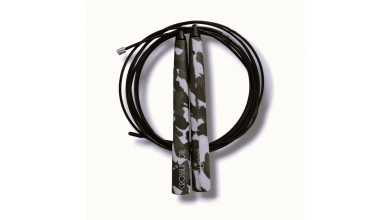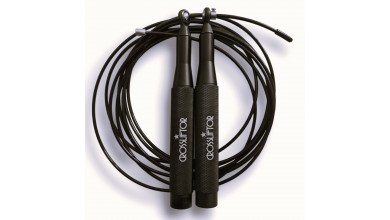The best kettlebell exercises - Crossliftor
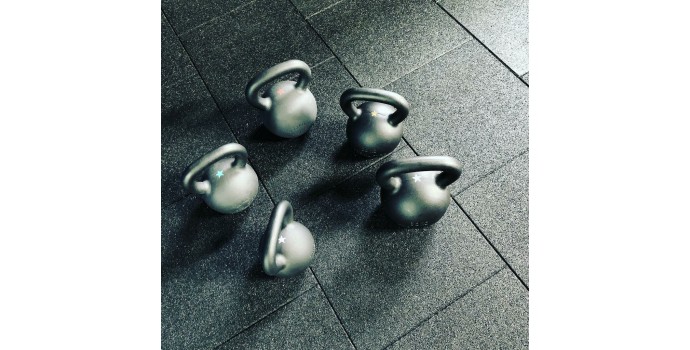
Kettlebells have become increasingly popular and widely used in recent years. There's a wide choice of exercises and movements. If you're struggling to know how to target your exercises, we've got some of the best kettlebell exercises for you.
What is a kettlebell used for?
The kettlebell, or girya, is a flat-bottomed cast-iron weight with a handle. It originated in Russia in the 16th century. Soldiers would have diverted a cannonball by welding a handle to it, in order to improve their physical condition. The difference with dumbbells is that it offers a more functional workout and calls on several muscle groups. As well as improving strength and endurance, kettlebells can :
- Engage the whole body through dynamic, polyarticular movements .
- Correct muscular imbalances and postural problems
- Improve coordination and agility
- Facilitate muscle mass gain and burn fat mass
- Decrease heart rate by improving your cardio
- Achieve an athletic body by developing toned muscle girdle
Top 5 kettlebell exercises
Whether at the gym or at home, the kettlebell can help you develop your muscles harmoniously, while working your cardio, but only if you pair the right exercises. Here are 5 of the best exercises to do with a kettlebell.
The Kettlebell Swing
One of the best-known exercises, the kettlebell swing is very complete. It involves every muscle in the body and works your endurance capacity. Work in series, adapting the weight with, for example, 40 seconds of effort and 20 seconds of rest, then start again at the same rhythm.
The number of sets depends on your program, your objectives and, above all, your ability.
KB swing exercise description:
- Starting position
Stand with heels hip-width apart, legs slightly bent, buttocks back. Take the kettlebell and position it at knee level. Arms straight, back straight and chest out.
- Execution
Send your hips forward (anteversion of the pelvis) dynamically, contracting your buttocks at the end of the movement. Girdle your abdominal muscles to ensure the transfer of force and send the kb forward with your arms straight. Note that your arms must not "carry" the kettlebell, they hold it. It's the pendulum that sends it forward, your arms directing it.
For the descent phase, send your buttocks back again, keeping your back aligned.
- Breathing
Inhale on the way down and exhale on the way up. The ascent phase should be explosive, so blow well. Don't remain apneic.
Target muscle area :
- Hamstrings
- Buttocks
- Shoulders
- Abdominal girdle
- Back
- Cardiorespiratory system
NB: This kettlebell exercise can also be performed one-handed to correct muscular and postural imbalances and strengthen stabilizing muscles .
Kettlebell deadlift
The kettlebell deadlift has a variant called the KB single-leg deadlift. We'll tell you more about it below:
Exercise :
- Starting position
Stand with legs slightly bent and heels slightly wider apart than shoulder width. Grab the kettlebell (on the floor) with both hands, arms outstretched.
- Execution
Heels planted, arms straight and back aligned. Bring your upper body forward while your pelvis and buttocks are brought back. The KB touches the floor. Return to initial posture.
- Breathing
Inhale on descent, exhale on ascent.
For the single-leg variant, you can hold the KB with both hands or just one, and on the way down, lift one leg backwards while slightly bending the opposite leg. Your pelvis and feet should face the ground. The exercise consists of a pendulum swing. Keep your back flat and your torso aligned with the back leg.
Target muscle area :
- Buttocks
- Thighs
- Lower back
The Kettlebell Squat
For the kettlebell squat, if you're used to barbell squat sessions, you have two options:
- The classic squat: heels apart slightly more than shoulder-width apart.
- The sumo squat: feet pointing outwards, spread much wider than shoulder-width apart.
Exercise :
- Starting position
Standing, bend your knees and grasp the kettlebell with both hands, arms outstretched. Leave the kettlebell suspended in the air, with your arms glued to your trunk, your back aligned and your gaze ahead of you. The kettlebell should reach knee height.
- Execution
Pull your buttocks back and bend your knees until the kettlebell touches the floor, then push up on your heels and contract your buttocks until you reach the top position. For a full squat, you need to break the parallel by bending as far as you can, but keeping your back straight and finishing the movement with a full extension of the legs. Stop for 2 seconds, keeping your muscles (glutes and abdominal muscles) contracted throughout the movement. Remain firmly planted on your heels without lifting them off the ground.
Return to your initial posture and perform several repetitions.
- Breathing
Inhale on the way down and exhale on the way up.
Muscles involved :
- Quadriceps
- Buttocks
- Hamstrings
- Calves
- Abdominal girdle
The Kettlebell Snatch
The kettlebell snatch is a difficult technical movement. This kettlebell exercise is therefore reserved for seasoned athletes. Remain vigilant and perfectly focused when performing it. You need to keep your body well sheathed so that the weight of the kettlebell doesn't pull you backwards or forwards.
Exercise :
- Starting position
Stand, heels shoulder-width apart, kettlebell in front of you on the floor.
- Execution
Grab the kettlebell with one hand, bending your knees slightly to feel a stretch in your hamstrings. With a hip-extension movement, flex your legs and raise the kettlebell upwards to project it overhead. Your elbow should bend during this movement. Your wrist rotates slightly outwards, so that the ball part of the kettlebell sticks to your forearm.
To return to your initial posture, swing the kettlebell, keeping your back straight throughout.
- Breathing
Inhale on the way down and exhale on the way back up.
Muscles involved :
- Whole body
NB: The kettlebell snatch is both physically and technically demanding. Don't hesitate to do the movement without the weight first, to avoid the risk of injury, or to start with kettlebells of a lower weight.
The Kettlebell Thruster
The kettlebell thruster is a variant of the thruster with dumbbells or a barbell. It combines the squat and the military bench press. It's a very complete kettlebell exercise that will help you improve your ability to hold an intense training volume.
Exercise :
- Starting position
Stand with legs shoulder-width apart. You should have two kettlebells, one in each hand at shoulder level with a neutral grip. That is, the handle is in your hand, and the ball comes to rest against the top of your forearm.
- Execution
Perform a kettlebell squat. Bend your knees and hips at the same time. Then, to come back up, take advantage of the momentum of your squat to propel the kettlebells upwards, over your head, in a military bench press. Finally, slowly bring the kettlebells back towards your shoulders.
You can do as many repetitions as you like.
- Breathing
Inhale on the way down, exhale on the way up.
Muscles involved :
- Legs
- Shoulders
Kettlebell exercises for abs
Most kettlebell exercises are polyarticular, i.e. they reach several parts of the body. If you're looking for a workout that primarily targets your abs, here are two exercises we recommend. There are others out there, but these are the ones that will work if you want your abs in concrete!
Kettlebell Russian twist
The Kettlebel Russian twist is designed to strengthen the abdominal muscles, particularly the external obliques. The exercise consists in doing rotations while seated, with feet raised:
Exercise :
- Starting position
Sit on the floor, with your heels off the ground (or on the floor for ease). Bust bent backwards at around 45° (keep your back straight and sheathed). Grasp the kettlebell with both hands.
- Execution
Rotate the kettlebell from side to side, from your pelvis to the left and then to the right, systematically passing over your abdominal girdle. The kettlebell should follow the movement and not touch the ground. Your abs should be contracted and your back straight.
- Breathing
Inhale as you return to the center and exhale as you rotate.
NB: Don't try to execute this movement quickly. The most important thing is to do it well, keeping in mind the objective of rotating the whole upper body, not just the shoulders. If you notice any pain in your lower back, reduce the weight, girdle up, slow down the movement and concentrate as much as possible.
The timeless Turkish Get up
This slow exercise will improve your balance and coordination, as well as strengthening your abs. To perform the Turkish Get up successfully, never lose sight of the kettlebell and keep your abdominal muscles well contracted.
Exercise :
- Starting position
Lying on the floor, holding the kettlebell with your arm stretched above your head.
- Execution
Holding the KB with outstretched arm, stand up. Keep your arm vertical at all times.
- Breathing
Inhale on the floor, then exhale as you rise.
NB: Alternate left and right hands for the same number of sets.
What weight to start with?
There are no predefined weights, so we advise you to opt for light to moderate weights if you're just starting out, especially on these kettlebell exercises, some of which are quite technical. This will enable you to perform the movements correctly and safely. What's more, your heart may not be able to bear too heavy a load at high an intensity at first, so you need to build up gradually. It's also important to do short, slow sets when you're a beginner, to help you assimilate the movement to be performed. The more you master the movement, the more the exercise will produce the desired results.
Now that you know that, there are some guidelines for choosing a starting weight for your exercises. Kettlebells come in weights ranging from 4 to 4, but there's also a 6kg. For example, the third weight level used in competition is 32kg.
An untrained female beginner could choose a KB from 4kg to 8kg, and an untrained male beginner could choose a KB from 8kg to 12kg. These are guide weights, so don't underestimate or overestimate your strength. You can also ask a sports coach for advice. He'll put you through your paces and be able to estimate the weight you need to start with, depending on the exercise you've chosen. Your choice of kettlebell will depend on your gender, weight, level of exercise and intended use.
Find our kettlebell ranges here

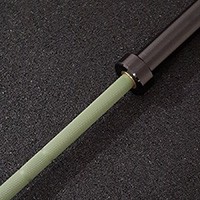
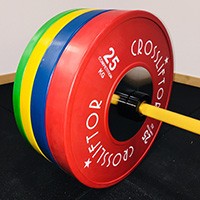
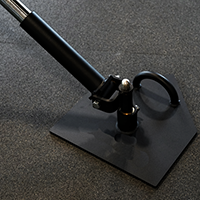
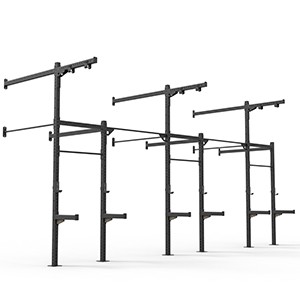
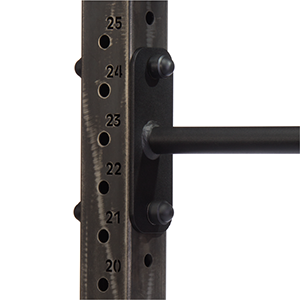
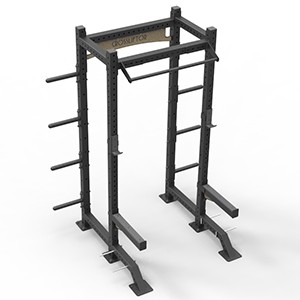
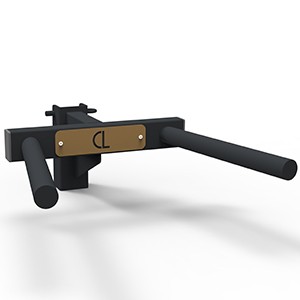
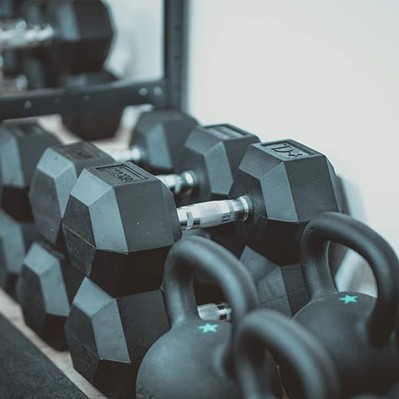
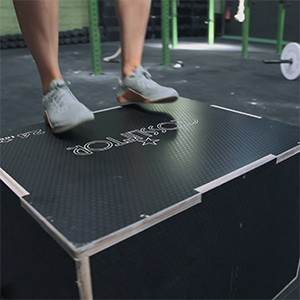
 (1).jpg)
